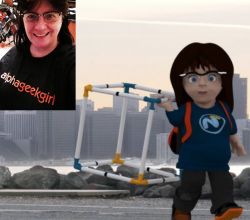Where do my .lpk's go?
Around the time modo 601 was launched last year, there was an update to the Asset Sharing site which took advantage of new functionality that was introduced in 601, that supported a new file format called .lpk - which is the Luxology Preset Pack.
Essentially, you go to the Asset Share page on the Luxology site and you download one or more assets which come down as an .lpk file, and all you have to do is drag and drop it into modo and the files are automatically installed and available from your preset browser.
Now, depending on where, or how you have your presets arranged on your computer - that is, either, standard - as they came when you first downloaded the supplied Content from the Luxology site, or, in some other configuration. For instance, I created extra folder categories in addition to the standard directories, which of course would not be recognised). By changing a setting in your Luxology Account Preferences, you have the option of either downloading the share assets to their individual standard folders/directories, or, you can have them installed to the root directory of your assets, and from there you can move them yourself to wherever you want them to be permanently stored.

.lpk is just a .zip file
A third option might be to extract the files to some other location. The .lpk file format is actually just a .zip format - that is, you can edit the file extension from .lpk to .zip and then extract the files using your regular WinZip or other file compression utility application.
Download Cart
And in case you didn't realise, you don't have to download assets from the share site individually. You can also choose to select up to 20 Megabytes worth of assets and add them to your Download Cart, and then when you're ready, you can download them all as one big .lpk file, which, as explained above, all you need to do is drag it onto modo, and all the files contained within will be automatically saved into their own respective category folders.

















 63%
63%



